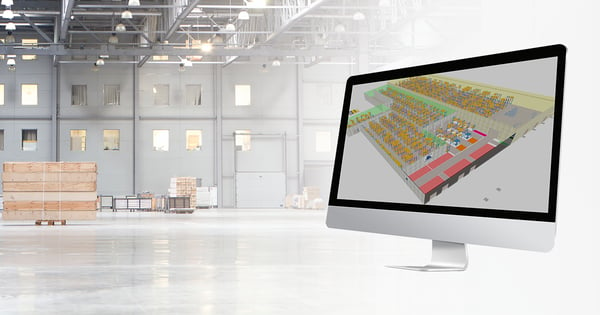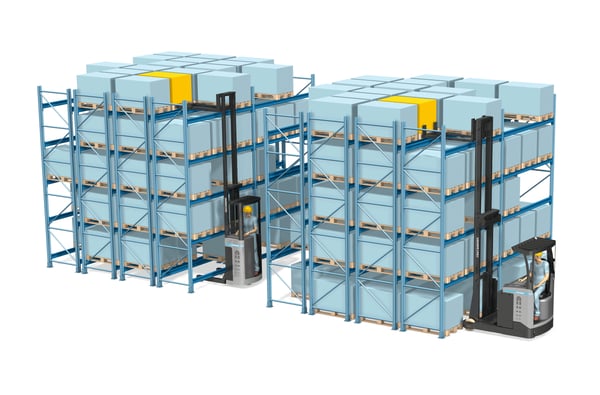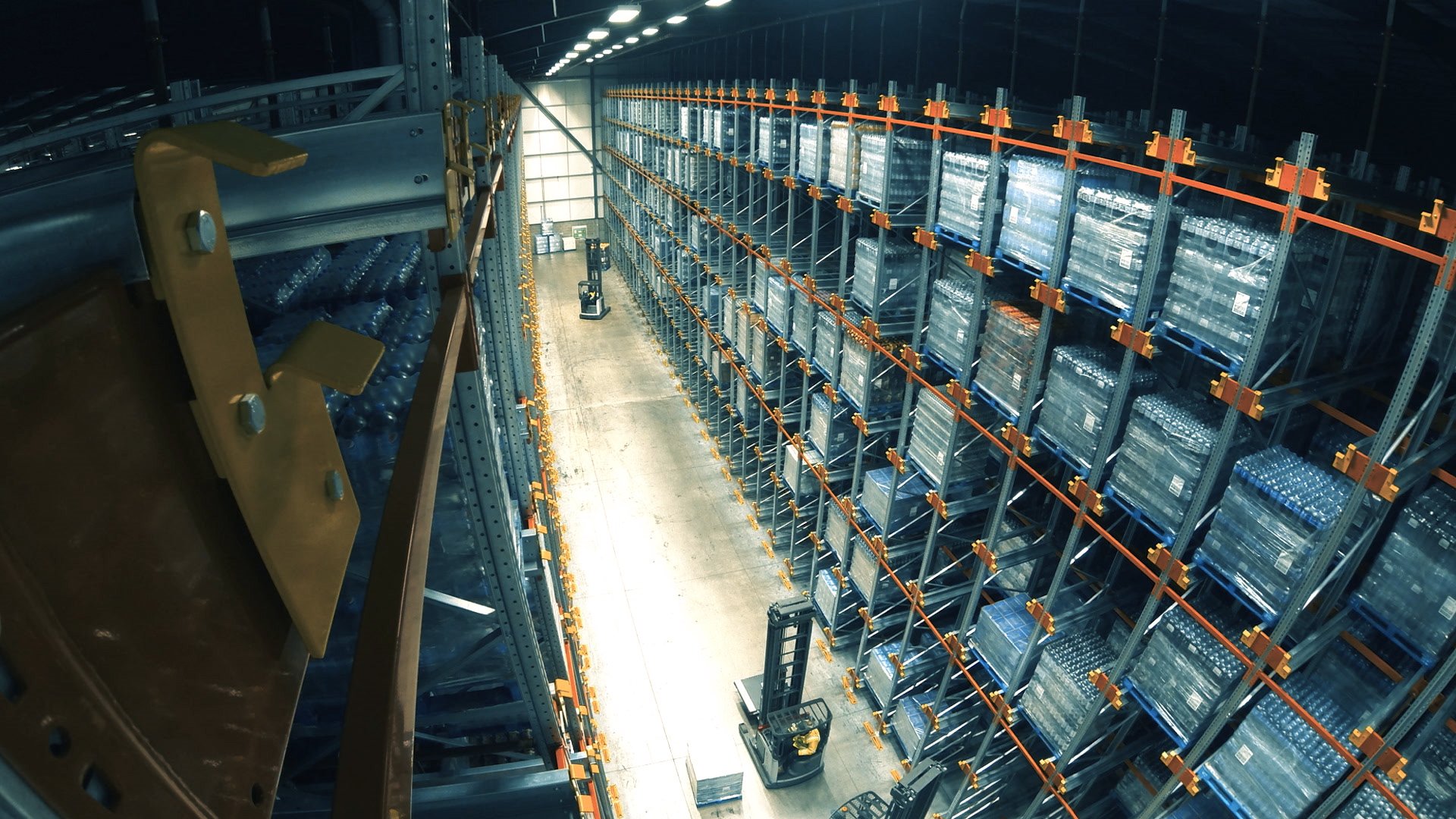For the last few months, the papers have been filled with stories about the storage issues that companies across the country are facing. A shortage of storage space is becoming more and more of an issue for all kinds of businesses, as companies begin to stockpile goods due to fears of Brexit-related disruption. Warehousing and capacity is therefore a major challenge.
Space is at a premium, and extra space costs money. For the sake of efficiency and your business’s bottom line, making the best use of the space you have is very important. However, storing your goods in the right place and for the right price might currently be a challenge. According to The Times, “there is only about 27 million square feet of warehouse space available to fulfil this increasing demand, and that could run out in less than a year, according to industrial property agents whose role it is to find warehouse space for businesses.”
All industries will feel the effects of this space shortage, but the cold storage sector is particularly vulnerable. Thanks to the rise of budget supermarkets like Aldi and Lidl, chilled food production is one of the fastest-growing sectors in the UK, according to the British Frozen Food Federation. But due to Brexit stockpiling, cold storage space is increasingly hard to come by. According to The Guardian, “frozen and chilled food warehouses, storing everything from garden peas to half-cooked supermarket bread and cold-store potatoes, are fully booked for the next six months, with customers being turned away.” In this already challenging sector, how can the worst effects of the space shortage be avoided?
Making the most efficient use of the available floor space in your warehouse would be a good start – every extra square metre costs money, so how can you strike a good balance between the efficient use of space and ease of access to the pallets?
Logistics Analyser
Conventional pallet racking rarely provides the lowest storage cost in cold stores, since the floor utilisation is low, so it’s worth considering alternative racking technologies such as double-deep racking, mobile racking, drive-in racking, flow-through racking and satellite storage. The UniCarriers Logistics Analyser is a powerful simulation tool that allows us to design and calculate your cold store in order to achieve that important balance between density and selectivity.

There is, however, one storage system that combines extremely efficient space utilisation with excellent pallet availability, whilst using cost-effective and flexible handling equipment – which may meet your cold store storage challenges.
Double Deep Storage
Double-Deep storage uses up to 30% less space than conventional storage systems by allowing pallets to be stored four deep between each pair of aisles, essentially removing one aisle for every four runs of racking. It is an ideal system for storage spaces where stock moves quickly and making the most of the space available is more important than 100% pallet selectivity.
To operate a Double-Deep system requires a purpose-built telescopic forklift truck. The TERGO®UMS, UHD, and UHX range of UniCarriers reach trucks gives the additional benefit of increased height, load capacity and technology, allowing them to function in a smaller operating space.
Optimising storage space using double-deep racking helps to save money by making better use of the available space. In the current UK climate it can also reduce the need to extend warehouses or move to bigger premises. Increasing storage density can help reduce other costs, such as transport costs for off-site storage.
Other storage on offer
There are many methods of storing pallets and products in a warehouse, all with different advantages and disadvantages, depending on the products being stored and the company’s operational requirements.
Are you requiring efficient, cost-effective stockpiling storage solutions? Do you need to expand within your existing storage facilities, or do you just want to use your space more efficiently?







































Comment